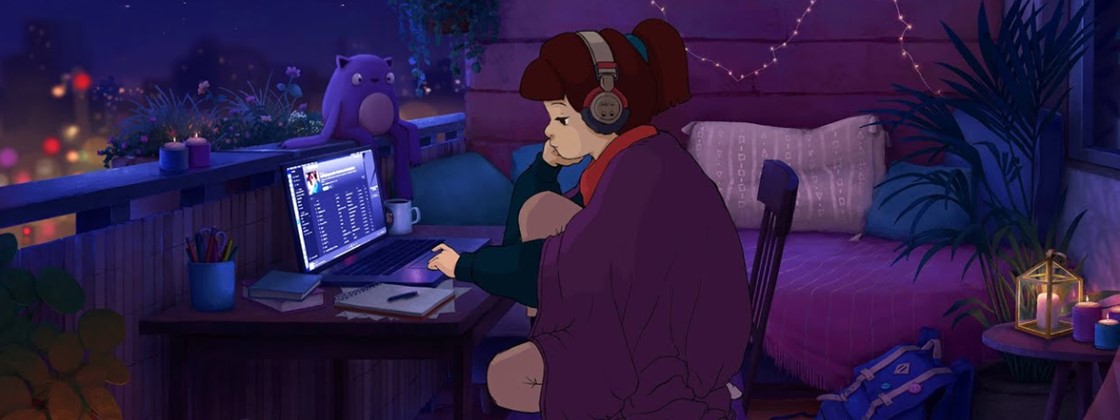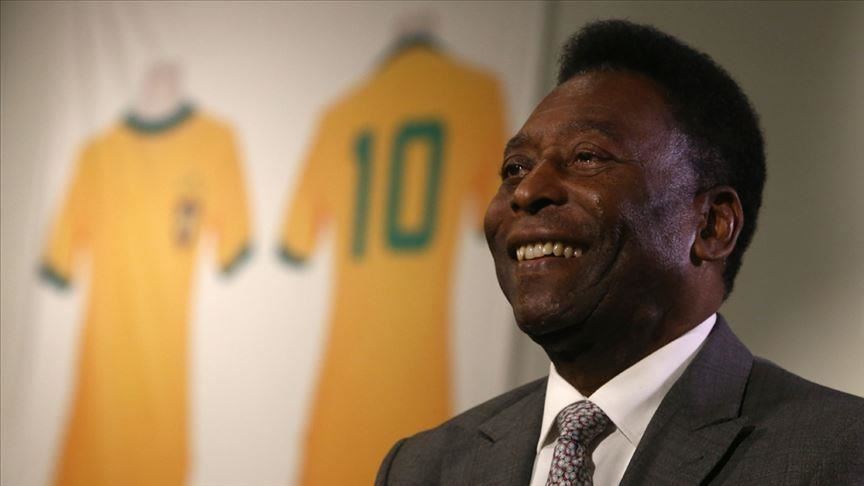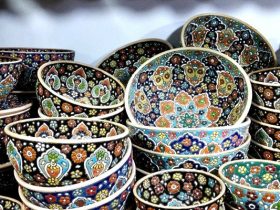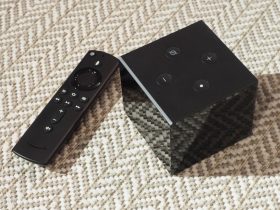No products in the cart.

Running the YouTube feed, it is possible that you have already seen videos in which the cover shows a girl with traces of anime studying with headphones. This is a typical image that indicates the long sets of Lo-fi music.
Mixing jazz and hip-hop beats, this genre became very popular during the coronavirus pandemic. Next, understand a little bit about the origin of this musical style and how it became the official soundtrack of the home office.
What is Lo-fi music?
Lo-fi is the diminutive of Low Fidelity – in English. The term is associated with sound records with imperfections that would be considered errors in the recording process on roll tapes – as discs used to be recorded in the past.
In the 1980s, the expression became very popular in the middle of hip-hop thanks to DJ William Berger. His program on the WFMU radio in New York had the characteristic of only playing songs recorded in a homemade way on Lo-fi cassette tapes.
More than 30 years later, many producers are still inspired by this peculiar format to elaborate their work. They create a “sound atmosphere” that resembles reproductions on old record players and tape players, in addition to adding other “homemade” hisses.
The nostalgic side combined with lightness and simplicity – typical of jazz – helps to build a peaceful environment for several people. One factor that contradicts studies that indicate that listening to music affects creativity.
Music made in rooms… to play in other rooms
One of the main characteristics of Lo-fi music is the Do It Yourself concept. Many beginning musicians create the themes in small studios in the room. Records so original that they would hardly be detected by apps like Shazam.
The home environment also inspires artists to bring
everyday elements for the work. Therefore, the tracks usually have dialogues from movies or anime, TV noises and other external sounds that may fit the track being composed.
As a means of relaxing in the midst of the hectic daily life of big cities, Lo-fi music has come to be widely consumed by young people between 15 and 25 years old. As such, it is commonly referred to as a “millennial” genre.
But it was during the pandemic that people of different ages were able to see the real contribution of musical style to everyday life. More than that, there are studies that show how it works by reducing anxiety and increasing the focus on activities.
How do Lo-fi themes help with concentration?
With a relaxing effect, compositions that follow the Lo-fi style use beats and samples in an infinite loop. Music experts and therapists explain that repetition makes the track predictable and therefore calms listeners.
This is because the brain predicts at a subconscious level how the music will continue in the next few minutes. So, it makes the person manage to divert attention from the sound to focus on other things without being surprised.
Experts call this phenomenon a “cocoon effect”. In this case, the soft and predictable sound of Lo-fi music protects the listener from the external and “hostile” world, helping him to relax and concentrate more on parallel activities.
So it is no surprise that the genre has become a hit in the pandemic. For many people who are working or studying at home, topics have become essential to focus more and “protect them from external dangers”.
Who are the main artists of Lo-fi music?
In the late 2000s, the song Lo-fi was quite successful through YouTube. Producers such as the Japanese Nujabes and the North American J Dilla influenced many artists who started to produce their own material and publicize it on the internet.
Today, the European channels ChilledCow, Chillhop and College Music are the main representatives of the genre. With millions of followers, they offer long sets that can be over 2 hours long.
In Brazil, artists like Zeca Viana, Felipe Satierf and Lucas Bellator create Lo-fi songs and playlists that mix hip-hop and Brazilian music. The results are great remixes with tracks by Tim Maia, Tom Jobim, Alceu Valença and Legião Urbana.
Did you already know the genre of Lo-fi music? What are your favorite artists? Tell us in the comments!
What’s your reaction?
Love0
Sad0
Happy0
Sleepy0
Angry0
Dead0
Wink0










